In the News

July 26, 2024
In October 2023, I had the opportunity to travel to Tasmania, the island state of Australia, to learn more about one of its most iconic species, the Tasmanian devil. Tasmanian devils are the world’s largest carnivorous marsupials, and they play a key ecological role as scavengers and in suppressing populations of invasive species....
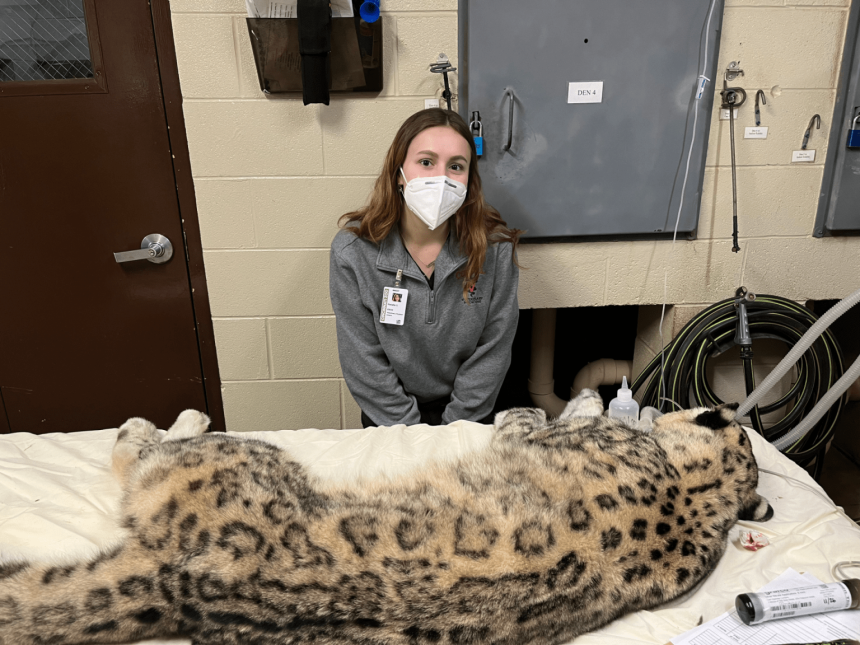
Blog
July 19, 2024
As an extern at the Cincinnati Zoo and Botanical Garden’s Center for Conservation and Research of Endangered Wildlife, Cornell DVM student Natalie Smith learned how reproductive medicine can help conservation efforts for big cats.

Blog
July 16, 2024
Although my job title is “data analyst,” only a fraction of my time at the Cornell Wildlife Health Lab is spent analyzing data. I help people understand how to turn data into useful information and build the tools to help them do so....
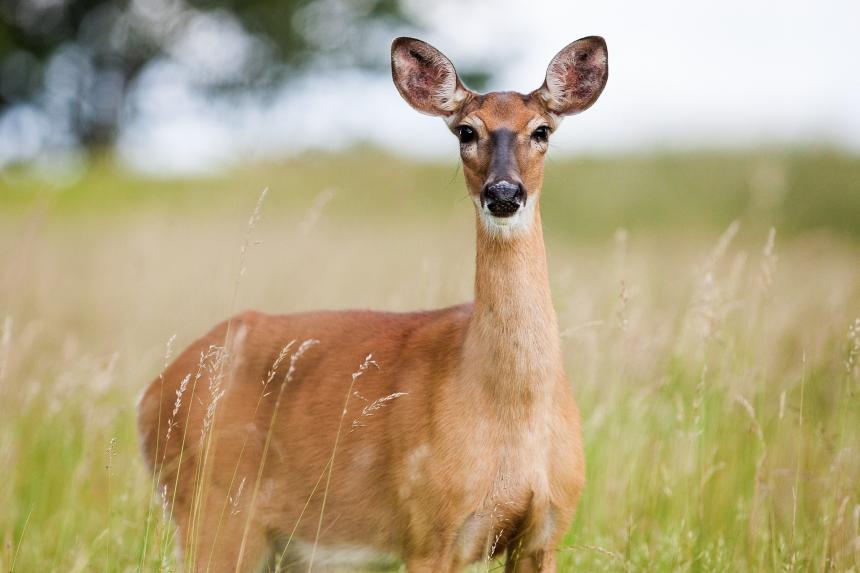
July 12, 2024
Experts from Cornell and across the nation developed a computer model along with a user-friendly app that predicts counties where wildlife managers should target their surveillance of chronic wasting disease in deer.
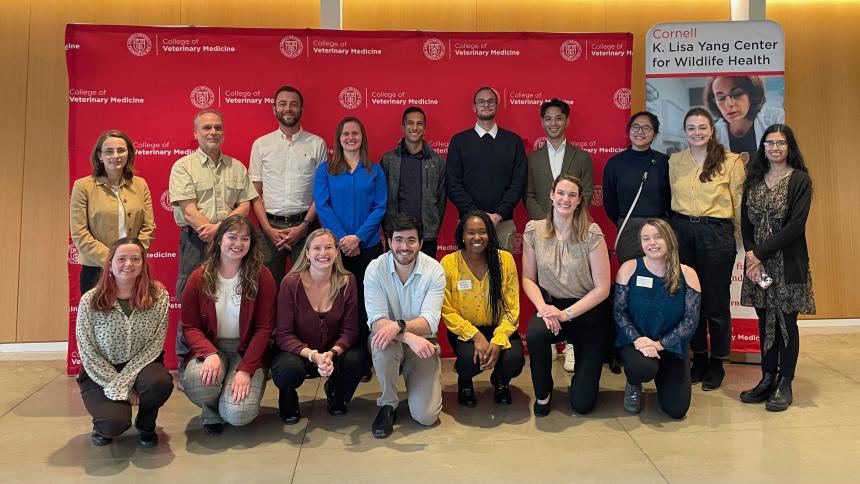
July 09, 2024
The student-led Zoo and Wildlife Society at the Cornell University College of Veterinary Medicine hosted their second annual Wildlife Conservation Day featuring a diverse set of speakers.
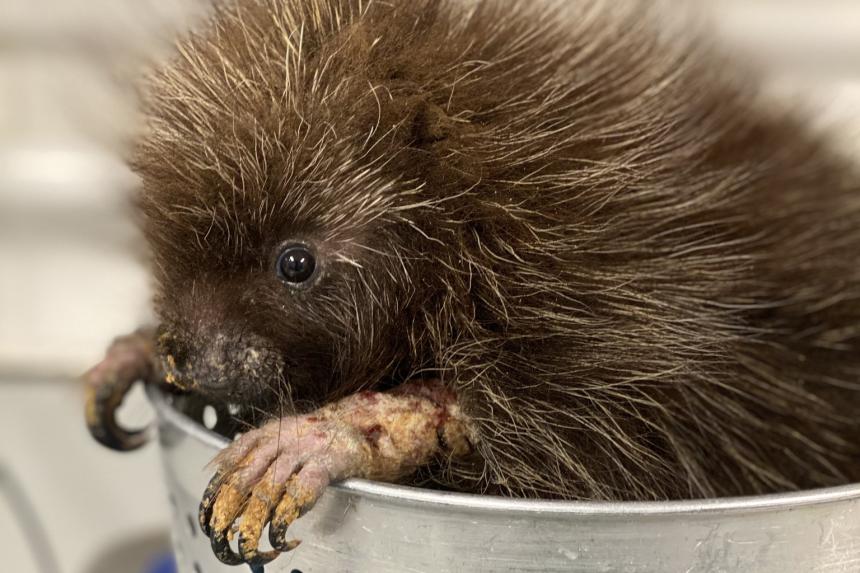
For Your Information
July 05, 2024
Check out this new paper led by Cornell zoological medicine resident Dr. Laura St. Clair and an interdisciplinary Cornell team studying sarcoptic mange in wild North American porcupines.
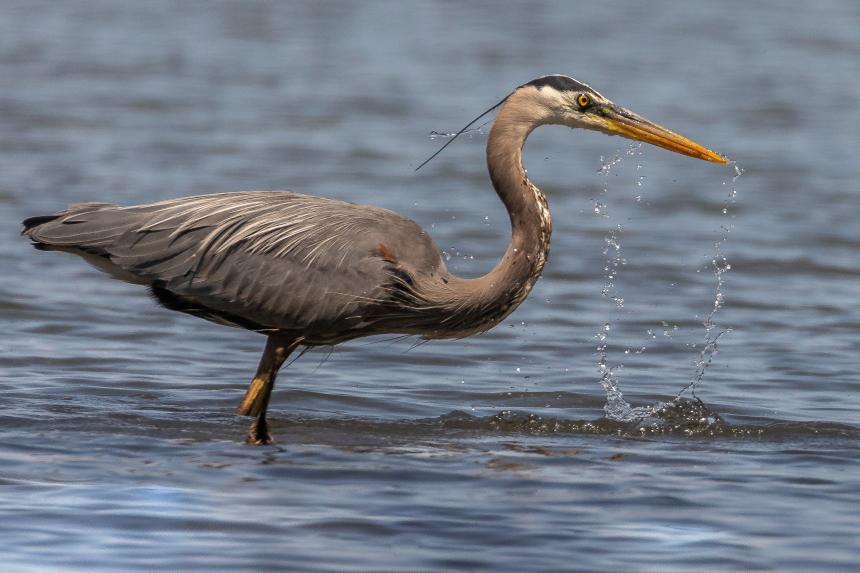
July 01, 2024
Cornell’s Dr. Krysten Schuler and David Dayan discuss how pollution in the environment - from lead to PFAS - affects wildlife, and how birds are threatened on multiple fronts.
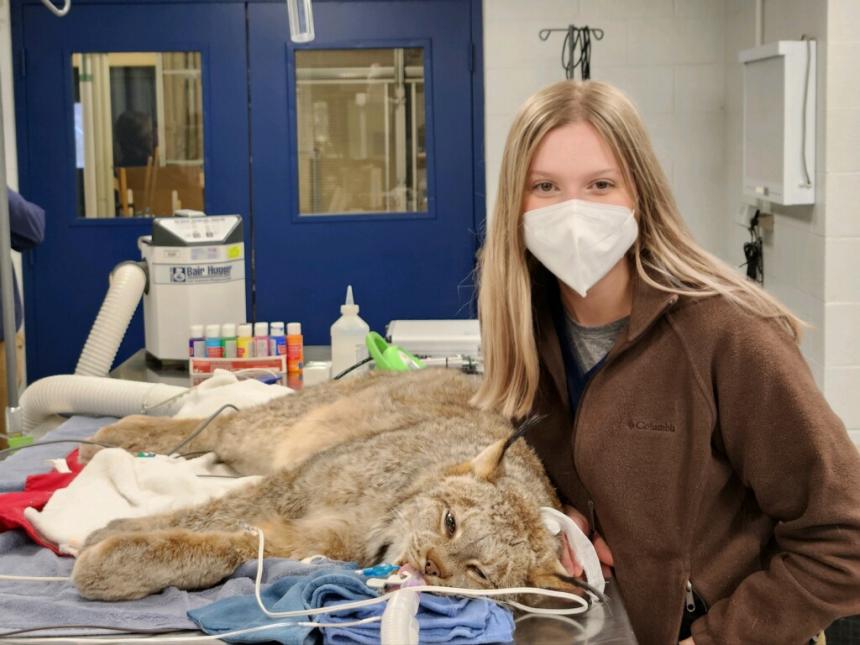
Blog
June 27, 2024
Being a Rochester native, Seneca Park Zoo, home to nearly 100 different species, has always been my home zoo. A couple of years ago, Dr. Chris McKinney, who had worked at the small animal GP my family pets see, transitioned from relief veterinarian to full-time zoo veterinarian. So, as a veterinary student very much interested in a career in zoo medicine, I reached out....
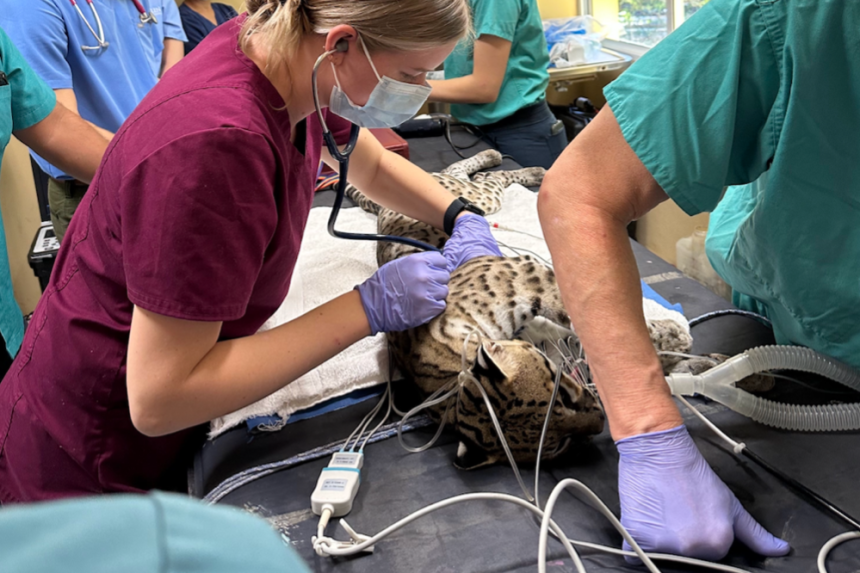
Blog
June 20, 2024
Last fall, Cornell alumnus Bill Konstant visited Cornell to share his exciting life experiences from around the world as a conservationist and gave a donation to support Cornell veterinary students seeking hands-on clinical experience at the Belize Zoo.

June 17, 2024
Fatal drownings are a big risk for small-scale fishers on Africa’s largest lake, with many of those deaths attributed to bad weather – conditions that are likely to worsen with climate change, according to a new study co-authored by Cornell's Dr. Kathryn Fiorella.
